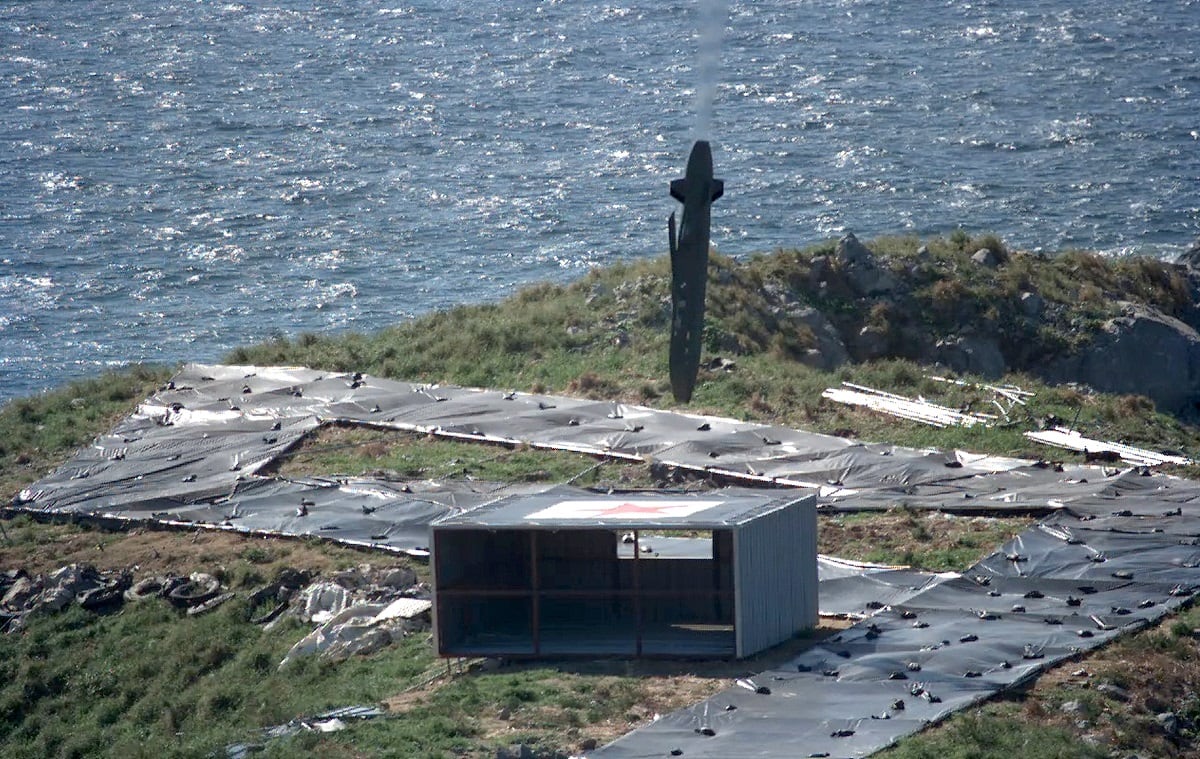SEOUL — The South Korean military has decided to buy ship-based SM-3 interceptors to thwart potential ballistic missile attacks from North Korea, a top commander of the Joint Chiefs of Staff revealed Oct. 12.
“The decision was made actually during a top JCS meeting in September last year,” said Maj. Gen. Kim Sun-ho, the head of Joint Chiefs of Staff’s force buildup planning bureau, in response to a lawmaker’s question about the SM-3 missile procurement.
“The type of the ship-based anti-ballistic missile to be procured is an SM-3 class,” Kim said during a parliamentary audit of the JCS. “The interceptor will be responsible for shooting down an incoming ballistic missile in the upper tier of the KAMD system.”
KAMD refers to the Korea Air and Missile Defense network designed to take down low-flying missiles in the terminal phase. For lower-altitude interceptions, American-built Patriot missiles and locally developed medium-range surface-to-air missiles, dubbed M-SAM, have been deployed in the field.
RELATED

To augment the low-tier, terminal-phase missile defense shield, the U.S. Army’s Terminal High Altitude Area Defense system was deployed last year in the southern part of the country.
“The JCS set an operational requirement of intercepting an incoming ballistic missile at an altitude over 100 kilometers,” a JCS sources said, speaking on condition of anonymity. “There is no ship-based interceptor with an interception altitude of 100 kilometers or higher other than the SM-3.”
The SM-3 is designed to destroy short- to intermediate-range ballistic missiles. The hit-to-kill missile is known to be capable of shooting down targets at altitudes of 150 to 500 kilometers, while its newest variant, the SM-3 IIA, can hit targets at an altitude of up to 1,000 kilometers. The SM-3 interceptor’s “kill vehicle” hits threats with the force of a 10-ton truck traveling 600 mph, according to manufacturer Raytheon.
The South Korean military believes SM-3 interceptors will be effective against an electromagnetic pulse attack originating from a high altitude.
The timetable for adopting the SM-3 has not been laid out, according to the JCS. In the meantime, a preliminary study on the procurement of SM-class interceptors is underway.
Iron Dome for South Korea
The JCS also disclosed its plan to develop its own defensive system to counter threats from North Korea’s long-range artillery deployed along the Demilitarized Zone. The system is modeled after Israel’s Iron Dome air defense system, the JCS said in a report to the National Assembly.
“We’re seeking the deployment of a weapons system that meets our country’s operational environments to minimize the damage from a potential salvo of the North’s long-range artillery attacks,” the report said. “After the review of the Iron Dome’s efficacy, it was found that its defense capability is markedly lowered when the North fires a volley of long-range artillery shells.”
As a means of destroying North Korea’s artillery systems, the South Korean Army will soon deploy an up-to-date short-range ballistic missile system known as the Korea Tactical Surface-to-Surface Missile.
The missile that the system launches, dubbed “artillery killer,” has a range of more than 120 kilometers and can hit targets with a 2-meter accuracy, according to JCS officials. The system can simultaneously launch four missiles from a fixed launch pad, and the missiles can penetrate bunkers and hardened, dug-in targets several meters underground.
According to the 2016 Defense White Paper, North Korea has some 8,600 towed and self-propelled artillery, as well as 5,500 multiple-launch rockets; 70 percent were reportedly deployed near the border.
North Korea has 340 forward-deployed long-range guns that can fire 15,000 rounds per hour at Seoul and the surrounding metropolitan area.
Email: jeff@defensenews.com
Jeff Jeong was the South Korea correspondent for Defense News.








